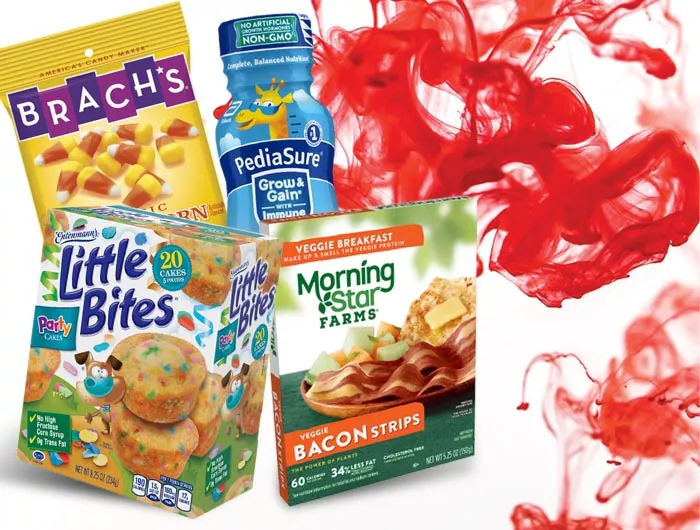A red food dye commonly found in American snacks, candies, cereals, and drinks may soon face a federal ban due to mounting concerns over its potential health risks, particularly for children. Known as Red 3, this petroleum-derived additive has been under scrutiny for decades and is now the subject of renewed action by the U.S. Food and Drug Administration (FDA).
FDA Signals Potential Ban
Speaking before a U.S. Senate health committee on Thursday, Jim Jones, the FDA’s deputy commissioner for human foods, acknowledged growing pressure to address Red 3. “With Red 3, we have a petition in front of us to revoke the authorization board, and we’re hopeful that in the next few weeks we’ll be acting on that petition,” Jones stated.
Red 3, widely used to give a cherry-red hue to foods, is present in nearly 3,000 products, including Pez candies, Peeps marshmallows, Betty Crocker desserts, and Dubble Bubble chewing gum. While it adds no nutritional value, its bright coloring is leveraged for marketing purposes, making foods more visually appealing to consumers.
Health Concerns and Historical Context
The FDA maintains that Red 3 is safe when consumed as directed. However, studies have shown the dye to be carcinogenic in animals, leading to its ban in cosmetics since 1990. Additionally, public health advocates have linked Red 3 to behavioral issues in children, intensifying calls for its prohibition in foods.
Public health groups have pointed out that similar food dyes, including Red 3, are banned or carry warning labels in the European Union but remain widely used in the United States. Last year, California took a proactive stance by banning four food dyes, including Red 3, setting a precedent that federal agencies are now being urged to follow.
“There is simply no reason for this chemical to be in our food except to entice and mislead consumers by changing the color of their food so it looks more appealing,” wrote Frank Pallone, a ranking member of the U.S. House Energy Committee, in a letter to the FDA. He added, “It is frightening that this chemical remains hidden in the foods that we and our children are eating.”
Political and Public Pressure
Robert F. Kennedy Jr., who is expected to be President-elect Donald Trump’s nominee for health secretary, has long criticized the FDA for its leniency in allowing potentially harmful substances in food products. Kennedy has specifically linked food dyes like Red 3 to increased cancer risks and behavioral issues in children.
With the holiday season bringing an abundance of brightly colored treats, consumer advocacy groups have ramped up their campaigns, urging the FDA to take definitive action. Many experts argue that food dyes like Red 3 are unnecessary and only serve to make processed foods more marketable at the expense of public health.
Industry Pushback and Broader Implications
A ban on Red 3 would mark a significant shift in U.S. food safety regulations and could open the door to further scrutiny of other widely used additives. However, the food industry has often resisted such measures, citing compliance costs and the lack of immediate alternatives for achieving the same visual appeal.
Critics of the FDA argue that the agency has lagged behind other regulatory bodies, such as those in Europe, in banning chemicals linked to health risks. The decision on Red 3 could signal a more aggressive approach to consumer protection under mounting public and political pressure.
What’s Next?
The FDA is expected to make a decision on Red 3 in the coming weeks. If the ban is enacted, it could have a cascading effect on other food dyes and additives long deemed controversial by health experts.
For now, consumers are advised to stay informed about the ingredients in their foods, particularly as holiday treats fill store shelves. Public health advocates encourage parents to read labels carefully and opt for natural or dye-free alternatives when possible.
Key Points:
- Red 3 is used in nearly 3,000 food products but has been linked to cancer in animals and behavioral issues in children.
- The dye has been banned in cosmetics since 1990 but remains approved for food use in the U.S.
- California banned Red 3 and other food dyes last year, intensifying pressure on the FDA to follow suit.
- Critics argue that the FDA lags behind international standards in banning harmful food additives.
- A federal ban on Red 3 could reshape food safety regulations and spark further scrutiny of other additives.
The FDA’s impending decision may finally mark the end of Red 3’s decades-long run in American foods, addressing a growing concern over the safety of artificial food dyes.

